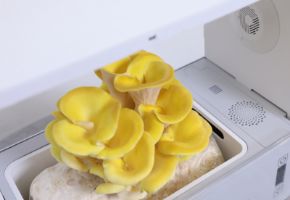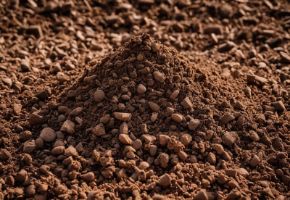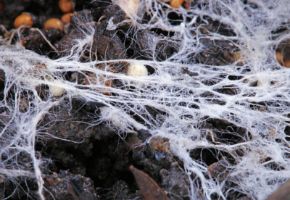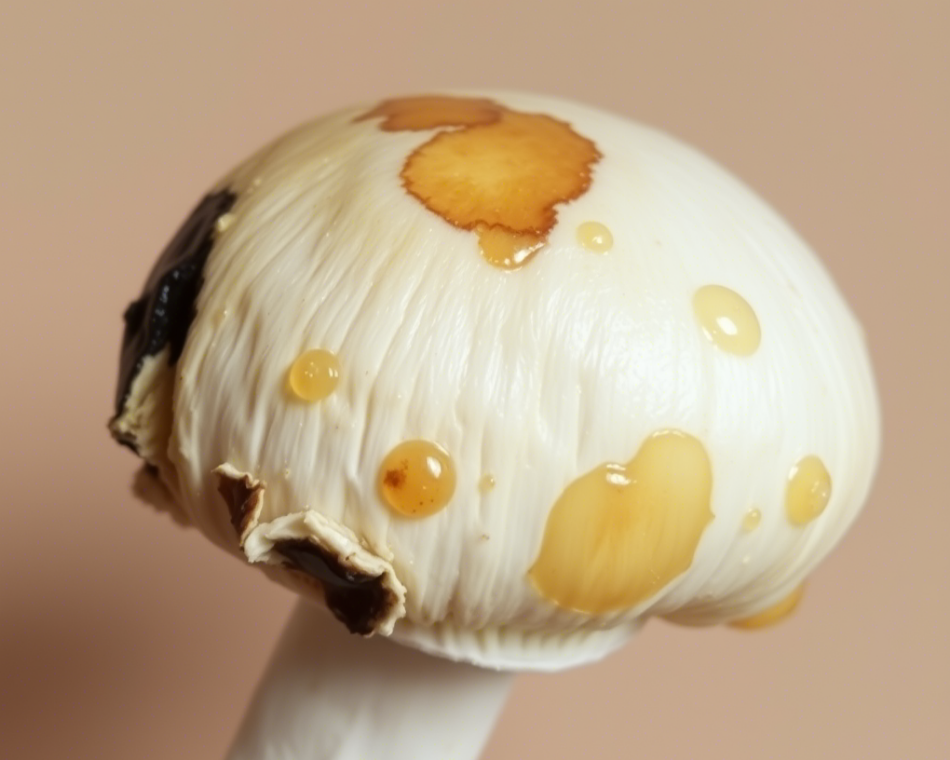In the fascinating world of mycology, few things are as disappointing as discovering that your mushroom harvest has been affected by soft rot, that softening process that turns firm tissues into shapeless masses. This article stems from the need to provide a definitive resource on the phenomenon, combining updated scientific research with practical applications for foragers, cultivators, and enthusiasts. Through a multidisciplinary analysis spanning plant pathology to post-harvest biochemistry, we will explore every aspect of this complex phenomenon. We will discover not only the biological "culprits" but also strategies to prevent and manage the problem, with a focus on both traditional techniques and the most promising scientific innovations. Before combating soft rot, we must learn to recognize it up close. This section will guide us through the clinical manifestations of the phenomenon, helping us distinguish it from other fungal diseases and assess its economic and ecological impact. Soft rot is not just softening but a degenerative cascade with precise characteristics: A study by the Phytopathological Society classified 5 evolutionary stages of soft rot based on tissue degradation depth. The economic impact is surprising not only for mushroom farming businesses but also for wild foragers and final product sellers: According to the FAO Mushroom Programme, soft rot is the leading cause of post-harvest loss in the global mushroom industry. Soft rot has no single culprit but rather a network of interactions between pathogens, environment, and fungal physiology. This chapter reveals the protagonists of this biological drama and their attack strategies. Bacteria are the primary instigators of soft rot: Research in the Journal of Clinical Microbiology identified 17 bacterial strains associated with soft rot, each with specific preferences. Some parasitic fungi accelerate the process: A study by the NCBI shows that bacterial-fungal co-infections are 3 times more destructive than single infections. Microbes need favorable conditions to trigger an epidemic: Optimal ranges for pathogens: Some research shows that minor adjustments (+2°C or +5% RH) can double incidence rates. Every injury is an opportunity: A Dutch study published in Postharvest Biology shows that 78% of infections originate from invisible micro-injuries. Soft rot is essentially a biochemical battle where invaders dismantle the mushroom's structure piece by piece. This chapter takes us to the heart of the process, revealing the enzymes involved and their modes of action. Key enzymatic groups: According to ACS Biochemistry, soft rot pathogens can secrete up to 28 different enzymes in response to the substrate. The destructive sequence: An electron microscopy study published in Scientific Reports documented the entire process in time-lapse. Among the fungal species most frequently affected by soft rot, unfortunately, are some of the most beloved and commercially important mushrooms. Button mushrooms (Agaricus bisporus)—the classic white mushrooms found in supermarkets—are particularly susceptible, mainly due to their fleshy structure and high water content, making them perfect targets for pectolytic bacteria. Not far behind are Pleurotus (oyster mushrooms), where the problem often starts on the delicate gills. Even prized shiitake (Lentinula edodes) are not immune, especially when cultivated in high-humidity conditions. Among wild mushrooms, boletes and russulas often show early signs of softening just days after harvest, while curiously, tougher mushrooms like honey fungi or chanterelles last longer. According to a study published in Postharvest Biology and Technology, this difference in susceptibility depends primarily on structural polysaccharide content and each species' cuticle composition. Addressing soft rot requires a paradigm shift: from simple eradication to holistic management of the fungus-pathogen-environment ecosystem. This final chapter synthesizes the most effective strategies in an overarching vision. Integrated intervention levels: By incorporating all these precautions into the process, it is possible to massively counteract soft rot and other bacterial contaminations. Research is now moving toward promising frontiers, with new techniques such as: In the next 5 years, we will witness true revolutions in post-harvest disease control. Soft rot is not an inevitable fate. By combining scientific knowledge with careful observation and timely interventions, every enthusiast can significantly reduce losses. The key lies in understanding that we are dealing with an ecological process, not just a technical inconvenience. The fungal kingdom is a universe in continuous evolution, with new scientific discoveries emerging every year about their extraordinary benefits for gut health and overall well-being. From now on, when you see a mushroom, you will no longer think only of its taste or appearance, but of all the therapeutic potential it holds in its fibers and bioactive compounds. ✉️ Stay connected - Subscribe to our newsletter to receive the latest studies on: Nature offers us extraordinary tools to take care of our health. Fungi, with their unique balance between nutrition and medicine, represent a fascinating frontier we are only beginning to explore. Continue to follow us to discover how these extraordinary organisms can transform your approach to well-being. Soft rot under the microscope: definition and impact
The signature of soft rot: unmistakable symptoms
Epidemiological data: how much does soft rot cost?
Sector Annual Losses Aggravating Factors Commercial cultivation 25-40% of harvest Intensive scales, transport Wild foraging 15-25% of collected mushrooms Inadequate storage Fresh market 30-50% of value Broken cold chain Multifactorial etiology: the culprits of deterioration
The bacterial squad: Pseudomonas and company
Fungal accomplices: when fungi attack fungi
Environmental conditions: the pathogens' playground
The lethal triad: humidity, temperature, and pH
Parameter Critical range Physiological effects Relative humidity >85% Activates bacterial sporulation Temperature 18-24°C Peak enzyme activity Substrate pH 6.0-7.5 Enhances virulence Mechanical stress and wounds: entry points
Biochemistry of degradation: the molecular process
The pathogens' arsenal
Enzyme class Target substrate Structural effect Pectinases (PL, PME, PG) Middle lamella pectins Cell separation Cellulases (EG, CBH, BG) Cell wall cellulose Loss of rigidity Proteases (serine, metallo) Structural proteins Tissue collapse The cell death cascade
Which mushrooms are most vulnerable to soft rot?
Soft rot: how to fight it
The prevention pyramid
The future of research
Continue your journey into the world of fungi
Cookies help us deliver our services. By using our services, you agree to our use of cookies. Learn more










